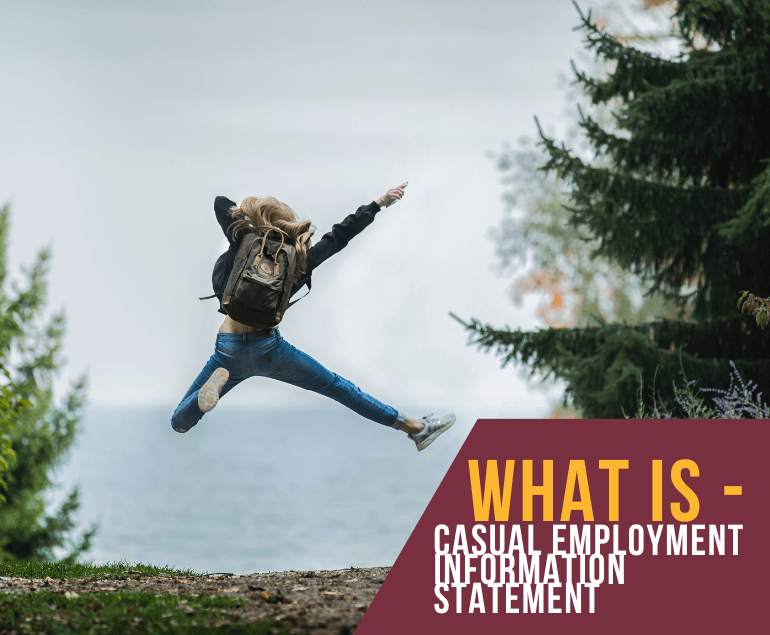What is a Casual Employment Information Statement?
A Casual Employee Information Statement (CEIS) is a relatively new publication that Fair Work Australia produced in 2021. Since March 2021 all employers have been required to provide this document to their new and existing casual employees. So if you have casual workers, then quite simply, yes, this affects you.
To understand what the CEIS is, we need to bring you back to one of the most commonly asked questions by business owners – Should I employ someone as casual or permanent?
The resounding reply has always been “It Depends” which isn’t usually much help when trying to find the right way forward for your casual employment information statement and how it affects your business. First, we need to look at the pay structure.
All Modern Awards under the National Employment Standards (NES) require a casual loading (pegged at 25%) to be paid to casual employees. The rate of pay was found by taking the permanent award rate of pay and adding 25%. According to the employer, this loading was hoped to be sufficient to compensate the employee, so they only needed to pay their hourly rate for real time worked and not for any leave or public holidays.
It appears on the surface to be a simple system and many employers were happy to pay a little extra to avoid the burden of tracking and paying for annual and personal leave and other permanent entitlements.
The Main Challenges with the Casual Employment Information Statement
The issue is that often there would be disputes about whether an employee was really a casual employee and it was left up to the courts to decipher each arrangement. In many cases, employers found themselves still having to pay leave entitlements. There was a possibility of double dipping to occur when an employee is paid the Casual loading but also ordered to pay leave entitlements on top of this amount.
So until 2021, the answer to this question was shrouded in a haze of uncertainty. Prior to this there wasn’t a statutory definition of what a casual employee was. Therefore, as of March 2021, the Fair Work Act 2009 was amended to the following definition of a casual employee being an employee who was:
- Offered employment on the basis that the employer makes “no firm advance commitment to continuing and indefinite work”
- The person accepts such an offer
- The person is an employee as a result of that acceptance.
The amendment bill went even further to attempt to remove the double-dipping concern and allowed employers to offset any relevant entitlements owed to the employee by using the 25% loading already paid. These entitlements include all forms of leave, public holidays and termination pay. This is not a straightforward process because you need to be specific in identifying the loading amount and what leave it was to offset. To this point, business owners need employment contracts to be drafted by a professional and updated to include the current changes in the law.
Converting Casual to FullTime Employees Using the Casual Employment Information Statement as a Guide.
So now you have some background to specifically answer the question, what is the casual employment information statement? It is a document that provides information about the new definitions and rights of the employee in regards to their casual employment. As discussed above, it will include the definition and break down what “no firm advance commitment” means. It will also include a “how to become a permanent employee if you are casual”. This process is called “casual conversion”.
Casual conversion is different depending on if you work for a small or large employer (15 or more employees). Specifically, it looks at the pattern of your employment and provides a pathway to permanent employment if an employee meets the following:
- You’ve been employed for 12 months
- You’ve worked a regular pattern of hours on an ongoing basis for at least the last 6 months
- You could continue working that regular pattern of hours as a permanent employee without significant changes.
For large employers they must offer this to their employees, whereas small employers are not required to make this offer; however, the employee can request to become permanent if they meet the above criteria. Even if requested by the employee, casual conversion is still currently optional for small employers.
A casual employment information statement is quite a simple document and it is easy to provide this to your casual employees. Most business owners would agree that certainty in their obligations is very important and this document can make answering the difficult questions much easier. You may find a link to a Casual Employment Information Statement here.







